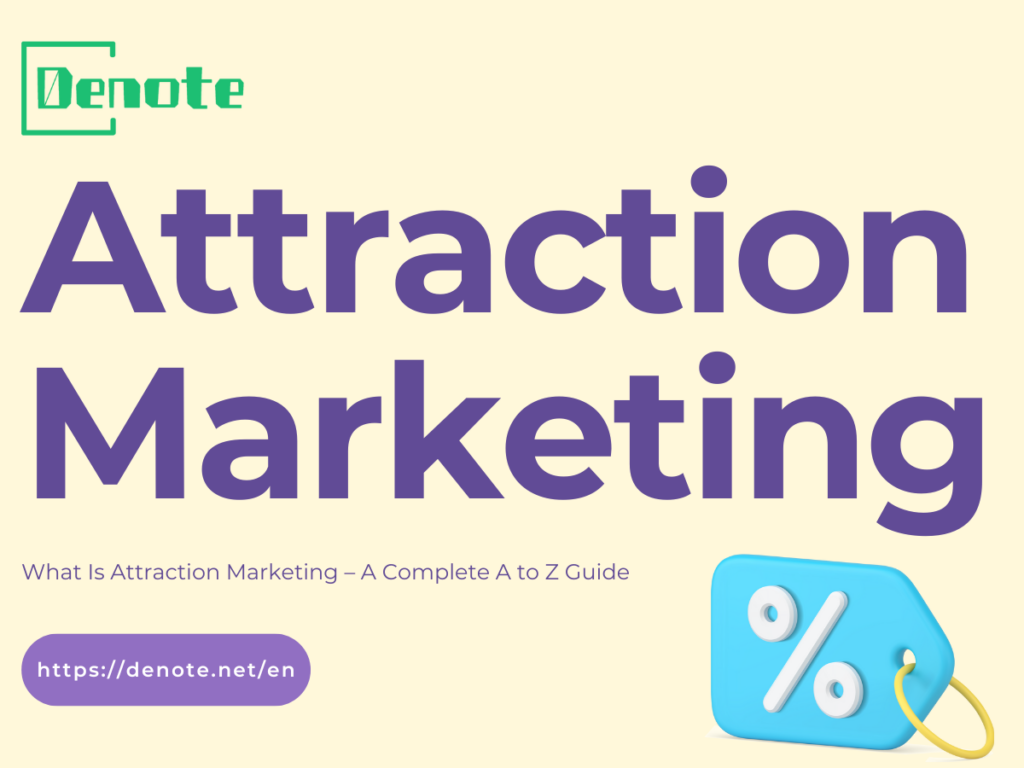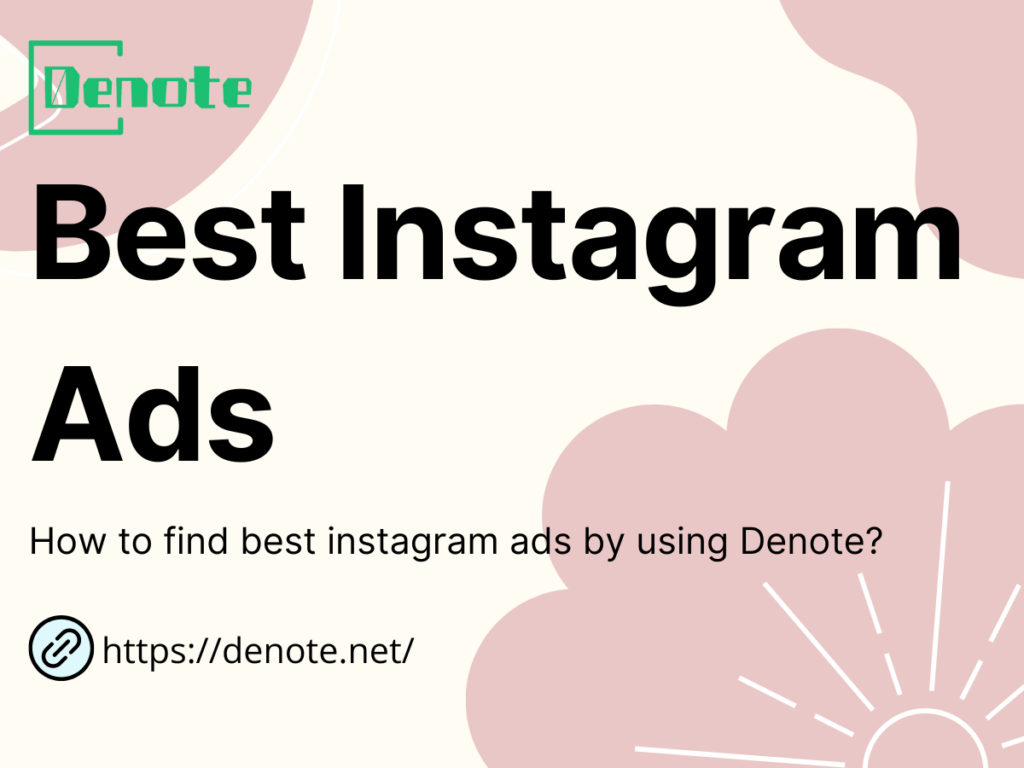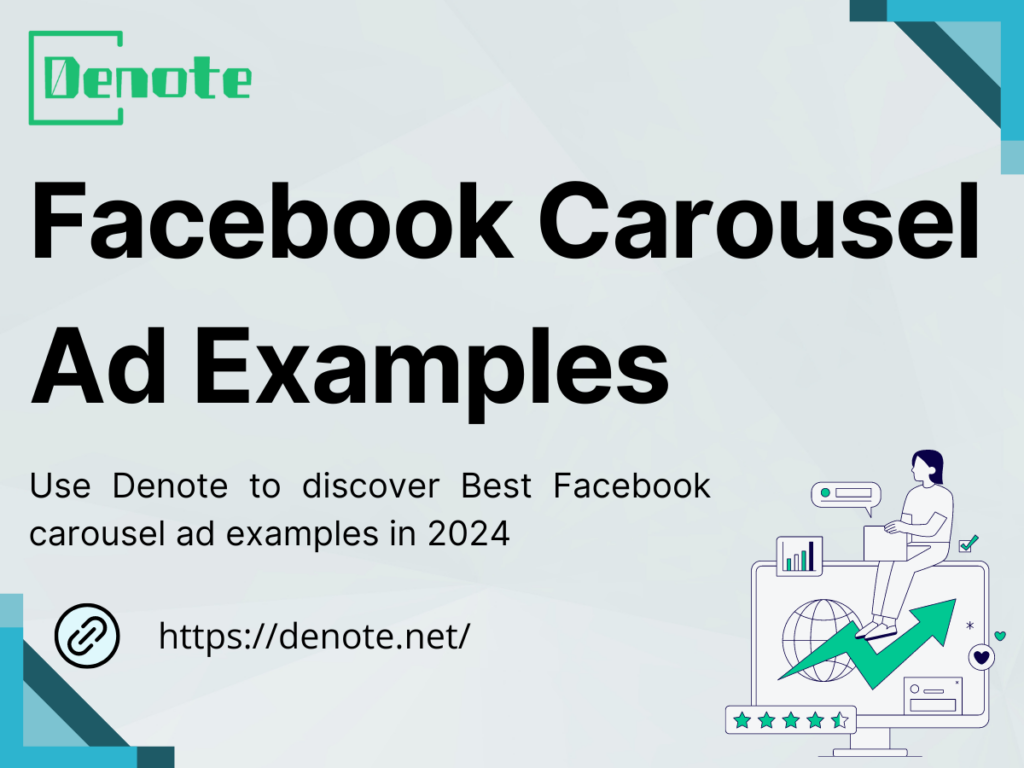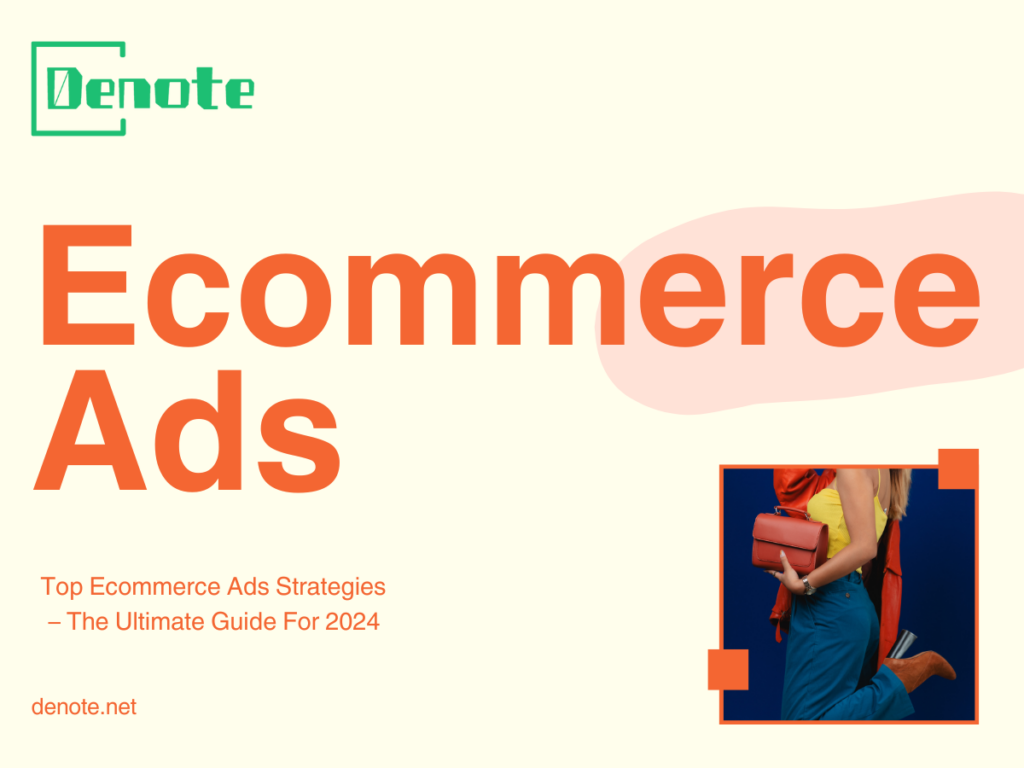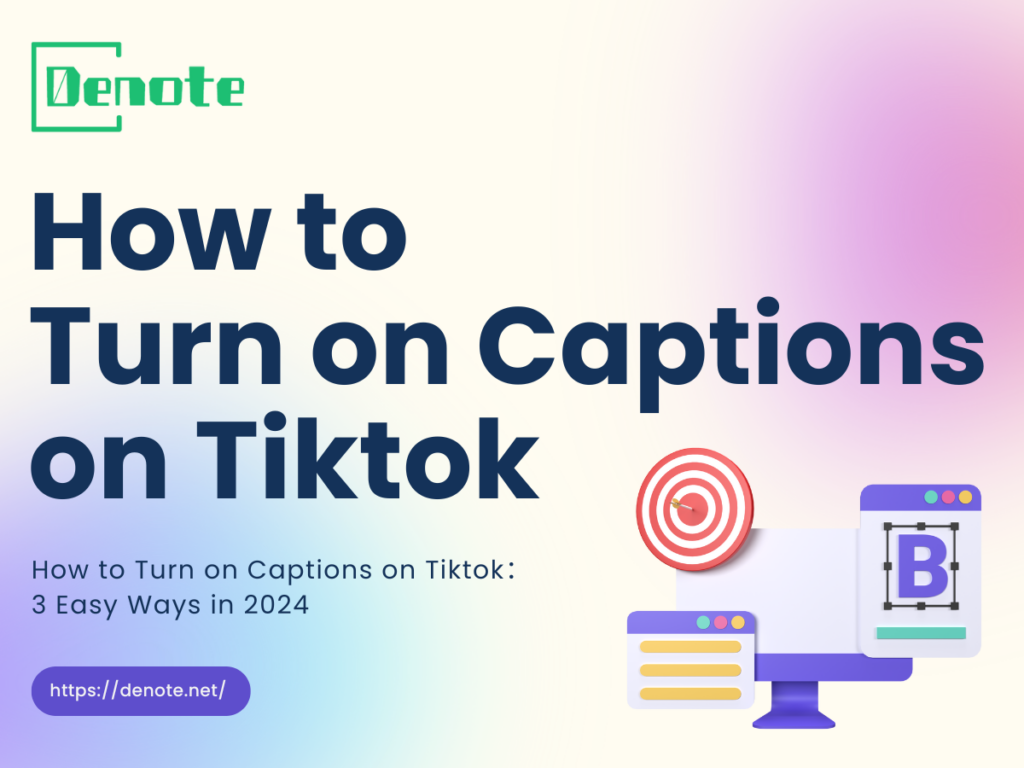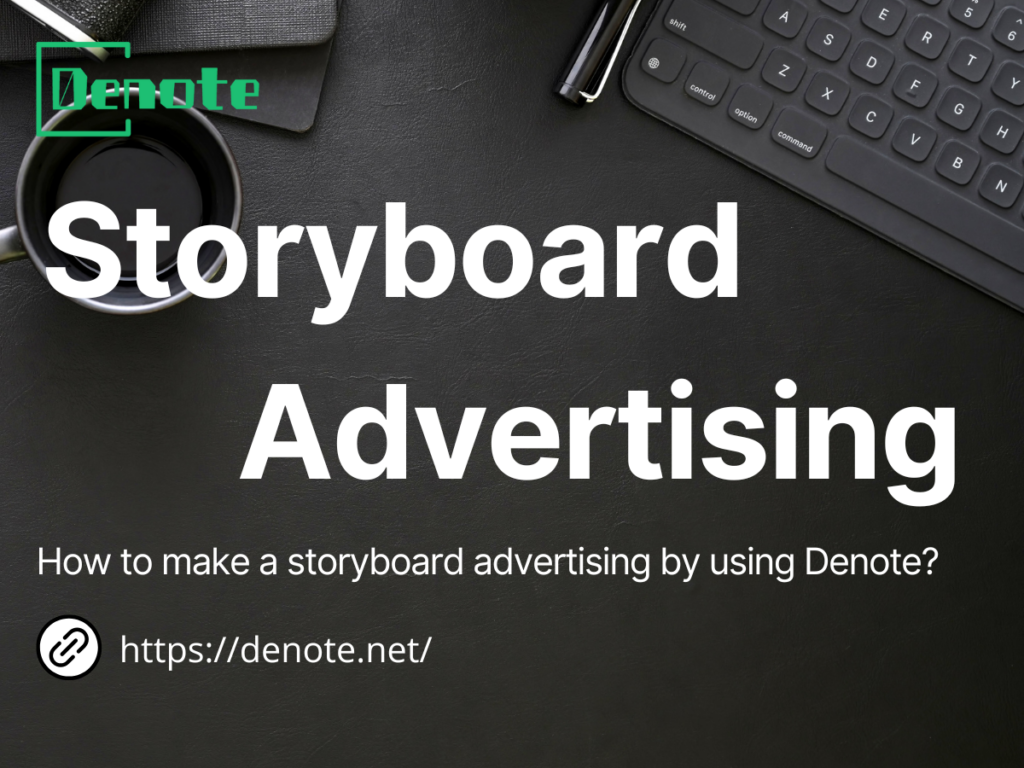
What is the storyboard advertising?
Storyboard advertising is a strategic approach to visual storytelling in the advertising industry. It involves creating a sequence of illustrations or images that represent the key scenes of an advertisement, serving as a blueprint for the entire project. By using a commercial storyboard, advertisers can effectively communicate their ideas, ensuring that everyone involved in the production process is aligned with the creative vision.
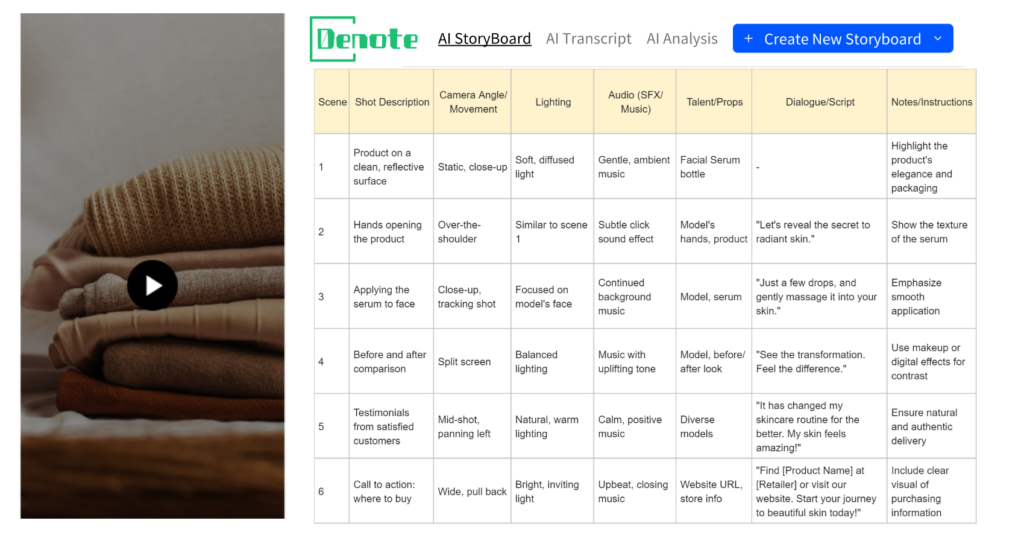
Storyboard advertising encompasses both the creative process of developing an ad from its framework, text, and storyboarding to the final output, as well as the reverse engineering of successful ads to analyze their secrets to success. Storyboard advertising allows for a detailed breakdown of the structure, storyboard, shots, and voiceovers of videos, enabling the mass production of viral content. Through the use of AI and other methods, storyboard advertising can deconstruct these elements, providing valuable insights and facilitating the creation of high-impact advertisements.
Key Elements of Storyboard Advertising
- Visual Representation: Each frame in a storyboard advertising showcases the visual elements that will appear in the ad. This can include sketches, photographs, or even digital mockups, allowing the creative team to visualize how the final product will look.
- Script Integration: Alongside the visuals, storyboards in storyboard advertising typically include snippets of dialogue or narration. This integration helps to convey the message clearly, ensuring that the tone and style of the advertisement align with the brand's identity.
- Timing and Sequence: An effective ad storyboard in storyboard advertising outlines the timing for each scene, detailing how long each shot will last. This aspect is crucial for maintaining audience engagement and pacing the advertisement effectively.
- Transitions and Effects: A comprehensive storyboard in storyboard advertising will detail transitions between scenes, including any special effects or animations that may be used. This level of detail helps the production team understand how to implement the creative vision.
Enhancing with Ad Breakdown Analysis
Incorporating ad breakdown analysis into the storyboard advertising process can elevate your advertising strategy. This involves analyzing successful advertisements to understand their effective elements—such as emotional appeal, pacing, and messaging. By dissecting commercial storyboards that have performed well, creative teams can draw inspiration and apply best practices to their own projects.
For instance, examining how a top-performing ad uses storytelling techniques can inform your own storyboard advertising. By understanding what resonates with audiences, you can craft more impactful advertisements through storyboard advertising.
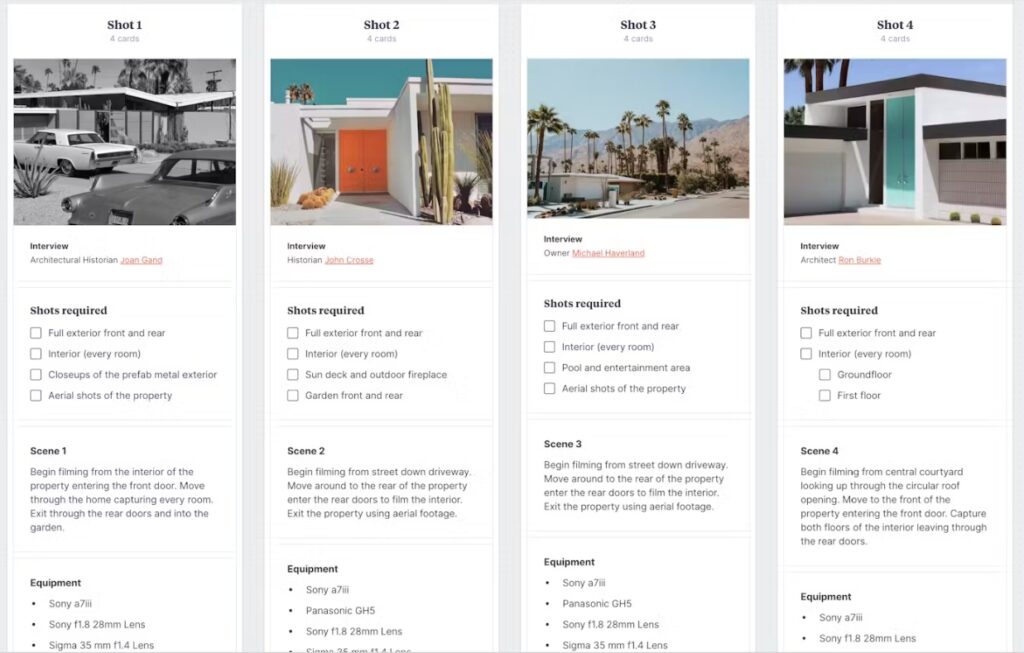
Why Do You Need the storyboard advertising?
Storyboard advertising is a crucial component in the advertising industry, providing a structured and visual approach to planning and executing successful ad campaigns. Here’s why you need storyboard advertising for your next project:
1. Clear Communication of Team Ideas
Storyboard advertising serves as a visual blueprint that clearly communicates your creative vision. By breaking down the ad into a series of frames, each representing a key scene, you can ensure that everyone involved in the project—from the creative team to the production crew—understands the intended message and visual elements. This clarity helps to minimize misunderstandings and ensures that the final product aligns with your brand's goals.
2. Reverse Engineering Successful Ads
One of the most powerful aspects of storyboard advertising is the ability to reverse engineer successful ads. By analyzing top-performing advertisements, you can break down their structure, storytelling techniques, and emotional appeal. This analysis can provide valuable insights that you can apply to your own storyboard advertising, helping you to create more impactful and effective ads.
3. Enhanced Creativity and Collaboration
Storyboard advertising fosters creativity by allowing the creative team to visualize and experiment with different ideas. It provides a platform for brainstorming and collaboration, where team members can contribute their thoughts and suggestions. This collaborative process often leads to more innovative and engaging ads. Additionally, storyboarding encourages feedback and iteration, ensuring that the final ad is the best it can be.
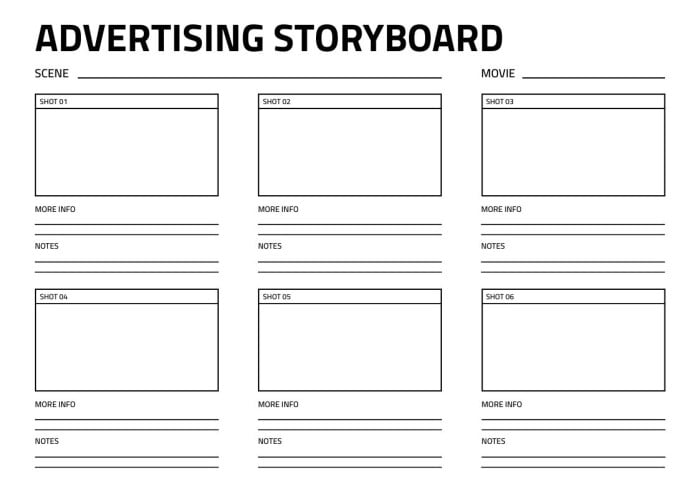
Steps to Create an Effective Storyboard advertising
Creating an effective storyboard advertising is a crucial step in the development of any successful ad campaign. A well-crafted storyboard not only helps in visualizing the final product but also ensures that all team members are on the same page. Here’s a step-by-step guide to creating an effective storyboard advertising, with a focus on using advanced tools and techniques.
Research and Gather Inspiration
Before you start creating your storyboard advertising, it's essential to gather inspiration and ideas. This initial phase sets the foundation for a compelling and engaging ad.
Analyze Competitors and Industry Trends
- Look at what your competitors are doing. Identify the elements that make their ads successful and those that don't.
- Stay updated with the latest trends in your industry. What types of visuals, messages, and storytelling techniques are resonating with your target audience?
Collect Visual and Textual References
- Use platforms like Pinterest, Instagram, and Behance to collect visual references that align with your brand's aesthetic.
- Gather examples of strong copywriting and messaging from other ads. Pay attention to how they convey their message and engage the audience.
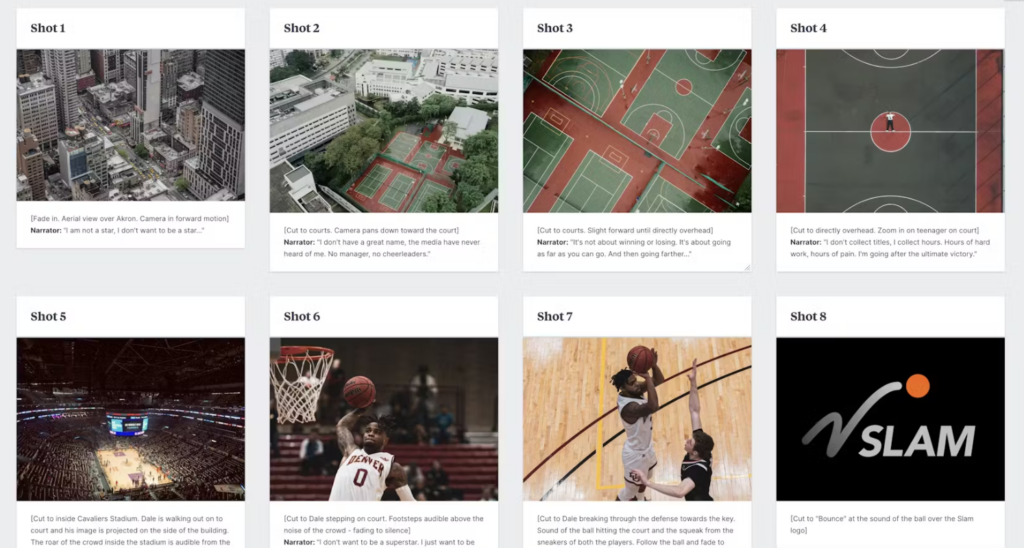
2.AI Breakdown of Ad Deconstruction
Leveraging AI for ad deconstruction can provide deep insights into what makes successful ads work. This process involves analyzing top-performing ads to understand their structure, storyboarding, and key elements.
Identify Top-Performing Ads
- Use tools like the Facebook Ad Library or Tiktok Ad Library to find high-performing ads in your industry.
- Select a few ads that have achieved significant engagement and conversions.
Use AI for Detailed Analysis
- Utilize AI-powered tools to break down these ads into their core components. Analyze the:
- Visual Elements: Camera angles, shot composition, color schemes, and transitions.
- Storytelling Techniques: Narrative structure, pacing, and emotional appeal.
- Script and Dialogue: The tone, language, and key messages.
- Sound and Music: Background music, sound effects, and voiceovers.
Extract Key Insights
- Identify the common elements and techniques that contribute to the success of these ads.
- Document these insights to inform your own storyboard advertising.
Apply Learnings to Your Storyboard
- Incorporate the best practices and techniques you’ve learned into your storyboard.
- Ensure that your ad follows a similar structure and incorporates the elements that have proven to be effective.
3.Customize Your Brand Information
Once you have gathered inspiration and analyzed successful ads, it’s time to customize your storyboard advertising to reflect your brand’s unique identity and message.
Define Your Brand’s Visual Identity
- Use your brand’s color palette, typography, and style guide to ensure consistency.
- Choose images and graphics that align with your brand’s aesthetic.
Craft a Compelling Narrative
- Develop a clear and engaging story that resonates with your target audience.
- Ensure that the narrative aligns with your brand’s values and mission.
Integrate Your Brand’s Messaging
- Write a script that effectively communicates your brand’s message.
- Include key phrases and taglines that are consistent with your brand’s voice.
By following these steps, you can create a highly effective storyboard advertising that not only captures the essence of your brand but also leverages the best practices and insights from successful ads. Storyboard advertising is a powerful tool that, when done right, can significantly enhance the impact and success of your ad campaigns.
Best Practices for Storyboard Advertising with Denote
Storyboard advertising is a powerful tool for creating compelling and effective ad campaigns. When combined with the advanced features of Denote, you can take your storyboarding to the next level. Here are some best practices for using Denote to enhance your storyboard advertising.
Discover Great Advertising Inspiration with Denote
Finding the right inspiration is crucial for creating impactful storyboard advertising. Denote offers a wealth of resources to help you discover and gather great advertising ideas.
Access a Library of Successful Ads
- Denote provides access to a vast library of high-performing ads across various platforms. You can browse through these ads to see what works and what doesn’t.
- Use the search and filter options to find ads that are relevant to your industry and target audience.
Analyze Top-Performing Campaigns
- Denote allows you to analyze top-performing campaigns in detail. You can break down these ads to understand their key elements, such as visual composition, storytelling techniques, and emotional appeal.
- Save and organize the ads that inspire you, so you can refer back to them during the storyboarding process.
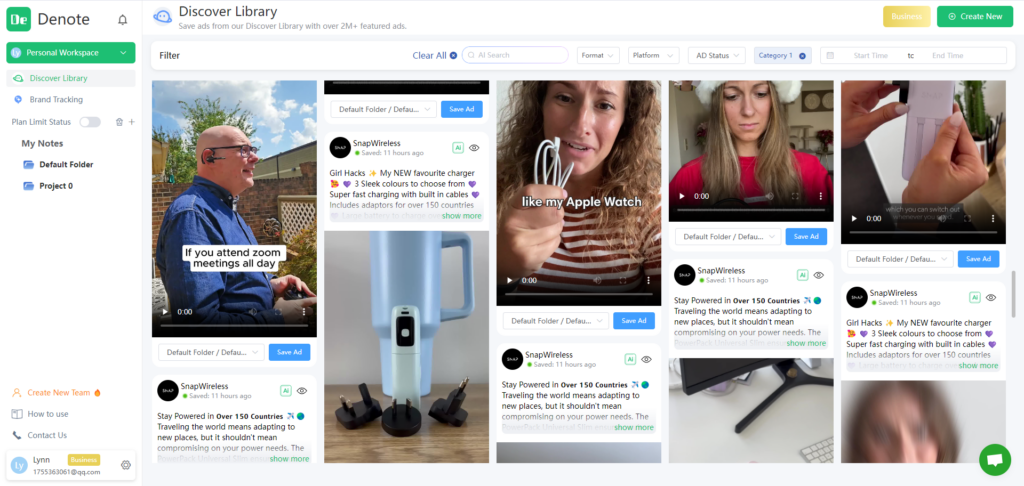
AI Analysis for Best Ad Videos Using Denote
Denote AI capabilities can provide deep insights into what makes the best ad videos successful. By leveraging these tools, you can optimize your storyboard advertising for maximum impact.
AI-powered ad deconstruction
- Denote’s AI can automatically analyze video ads to identify key elements such as camera angles, shot composition, color schemes, and transitions.
- This analysis helps you understand the visual structure of successful ads and how they engage the audience.
Emotional and Narrative Analysis
- The AI can also analyze the emotional and narrative aspects of ads. It can detect the pacing, tone, and storytelling techniques that resonate with viewers.
- Use this information to craft a compelling narrative that connects with your audience on an emotional level.
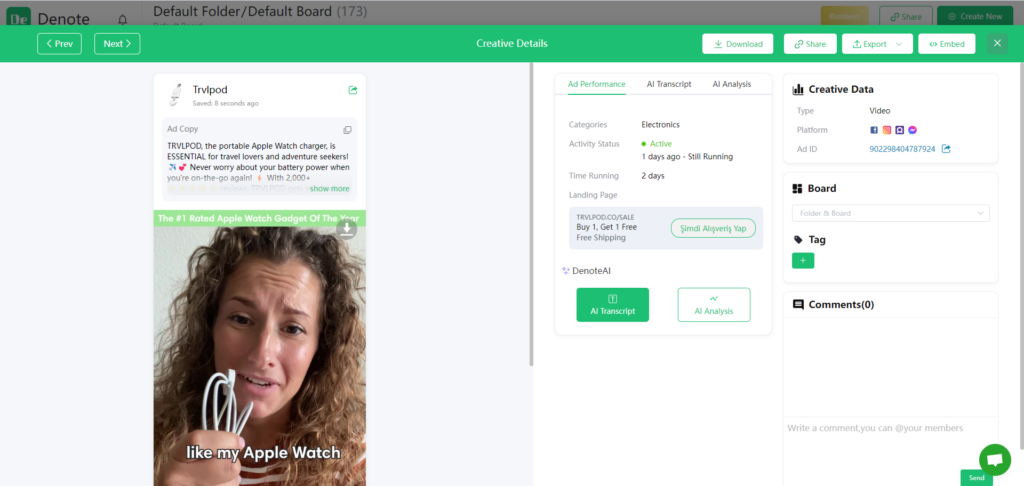
Generate Scripts with Denote AI
Creating a well-crafted script is a critical part of storyboard advertising. Denote’s AI can help you generate and refine scripts that are both engaging and effective.
AI-Powered Script Generation
- Denote’s AI can generate scripts based on your input and the insights gathered from successful ads.
- Simply provide the key messages and tone you want to convey, and the AI will generate a script that aligns with your brand’s voice.
Script Optimization
- The AI can also optimize existing scripts by suggesting improvements in language, pacing, and emotional impact.
- This ensures that your script is clear, concise, and resonates with your target audience.
Integration with Visual Elements
- Denote allows you to integrate the script with the visual elements of your storyboard.
- You can see how the script fits with the visuals and make adjustments to ensure a seamless and cohesive final product.
Real-Time Collaboration
- Multiple team members can work on the script simultaneously, making real-time edits and providing feedback.
- This collaborative approach ensures that the script is polished and ready for production.
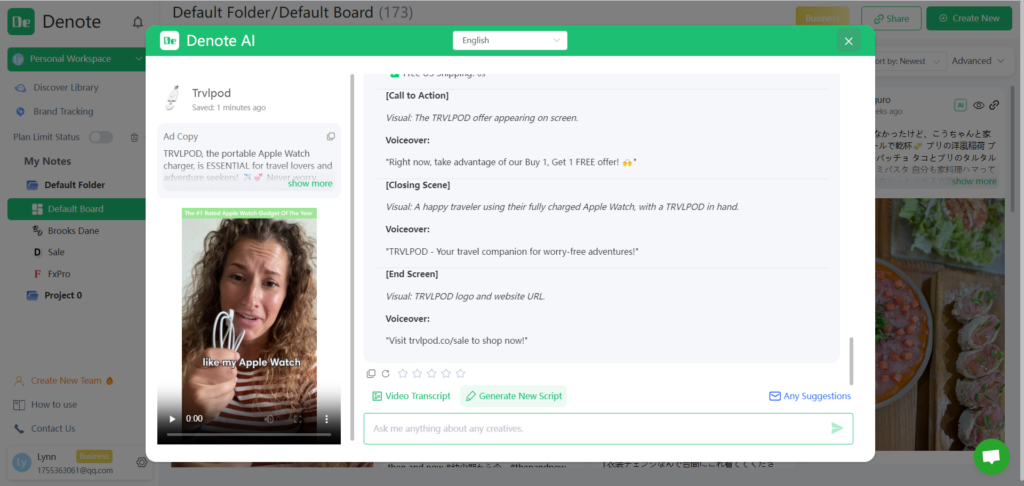
Online Team Collaboration
Effective collaboration is essential for creating high-quality storyboard advertising. Denote online collaboration features make it easy for teams to work together seamlessly.
Commenting and Feedback
- Denote provides robust commenting and feedback tools, allowing team members to leave notes and suggestions directly on the storyboard.
- This makes it easy to track and address feedback, ensuring that all revisions are made in a timely manner.
Role-Based Permissions
- You can assign different roles and permissions to team members, ensuring that only authorized individuals can make changes to the storyboard.
- This helps maintain the integrity of the project and ensures that everyone is working on the most up-to-date version.

By following these best practices, you can leverage Denote to create highly effective storyboard advertising. Whether you are looking for inspiration, analyzing top-performing ads, generating scripts, or collaborating with your team, Denote provides the tools and features you need to succeed.
Conclusion
In the competitive world of advertising, understanding the secrets behind successful campaigns is crucial for creating impactful storyboard advertising. One of the most effective ways to gain these insights is through the process of reverse storyboarding, which involves deconstructing and analyzing top-performing advertisements. By leveraging advanced tools like Denote, you can perform ad breakdown analysis, AI-powered ad deconstruction, and AI video analysis for ads, providing deep and actionable insights.
